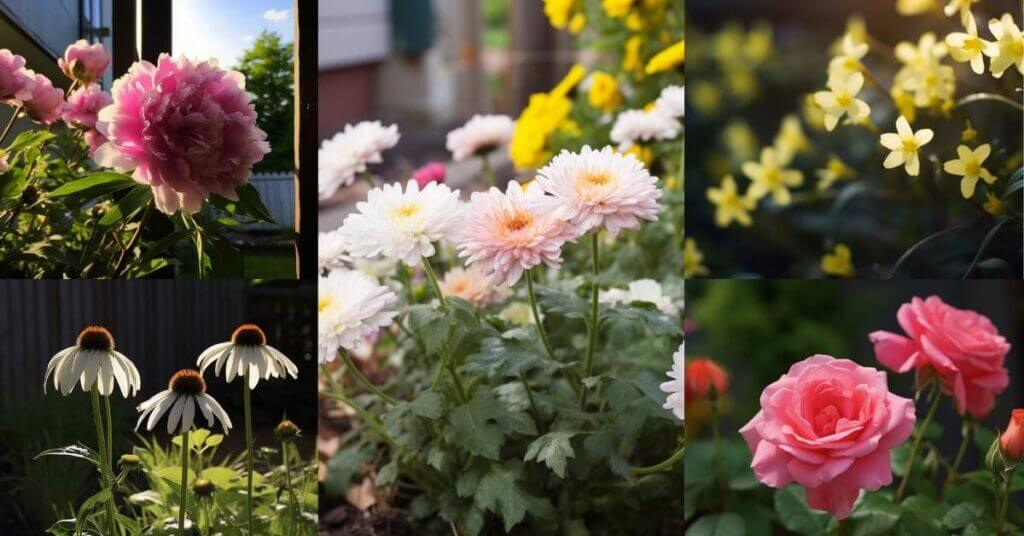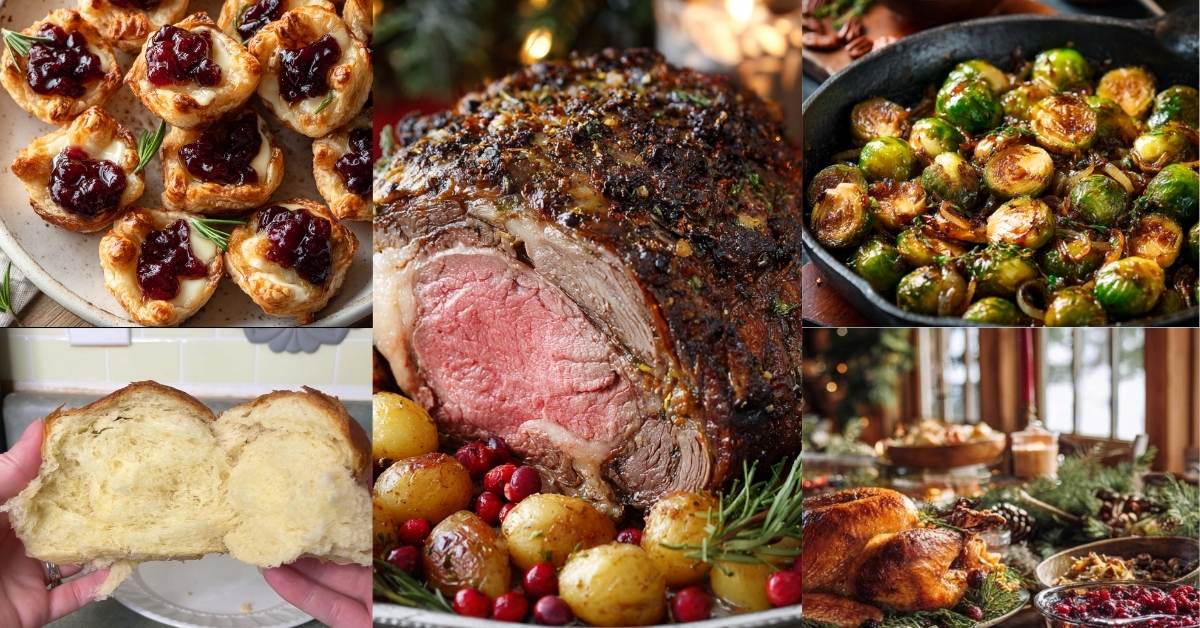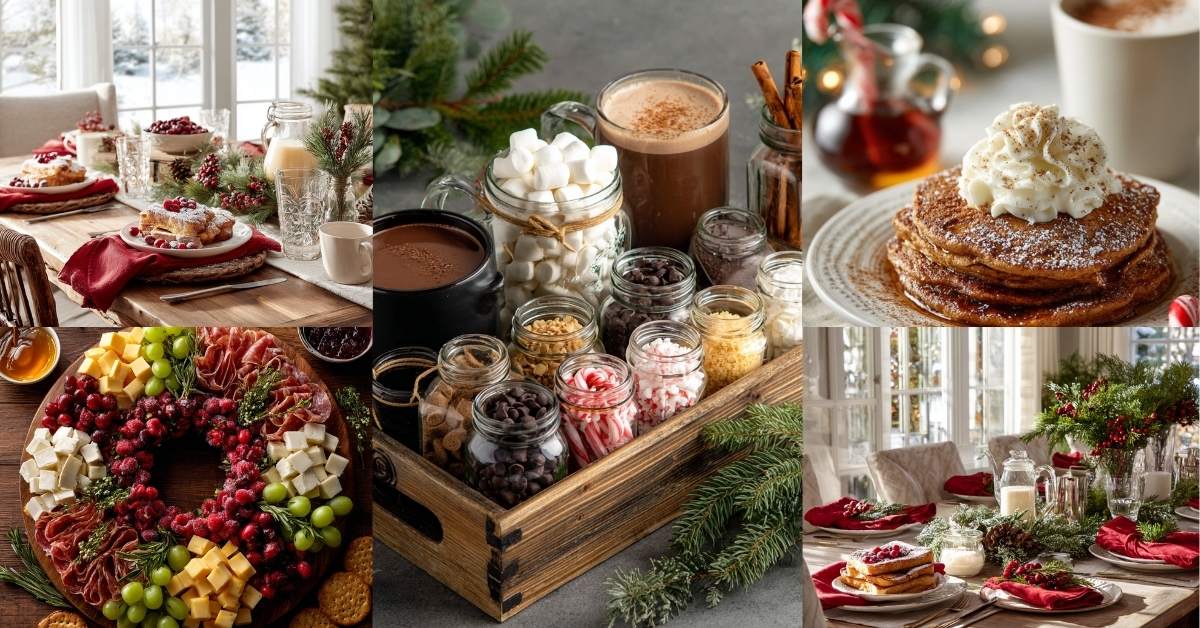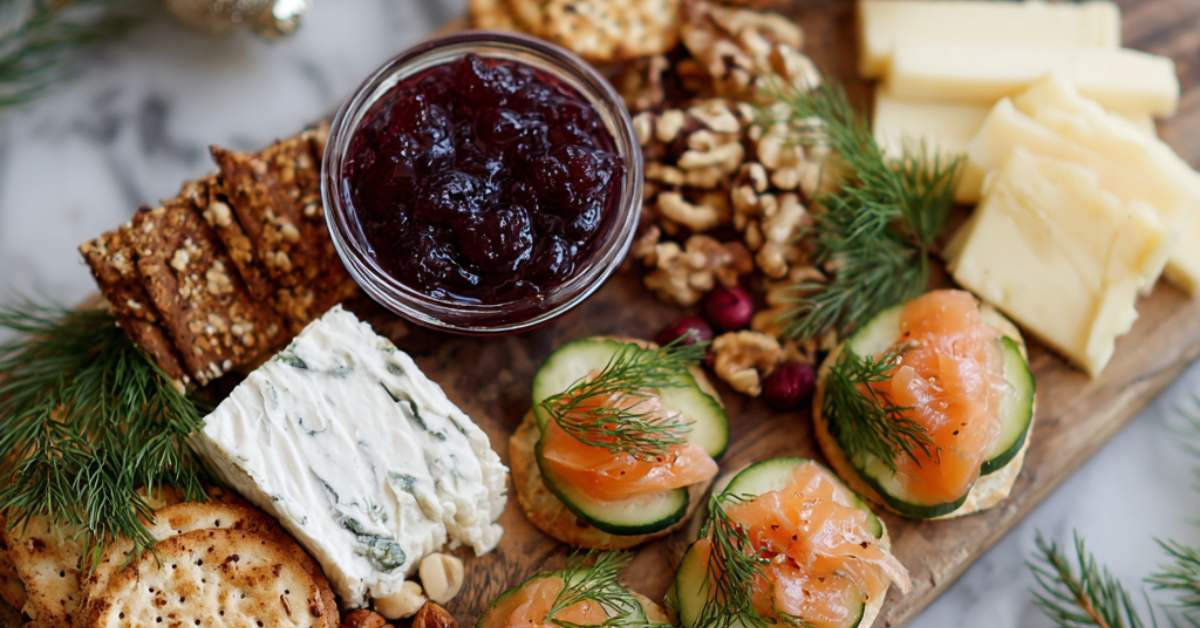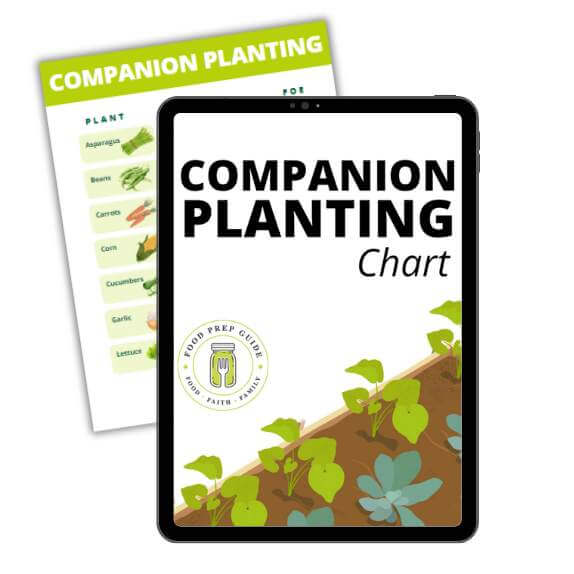That disappointing moment when you step outside, coffee in hand, only to find your garden has suddenly gone quiet.
The explosion of color from last month? Gone.
What if it didn’t have to be like that?
Think of your garden as a relay race, with each flower passing the bloom baton to the next as seasons change. No awkward gaps, no colorless weeks—just bountinful, beautiful blooms.
It’s possible with strategic plant selection!
Here are some strategic flowers to plant for continous blooms the majority of the year.
Winter Wonders (December-February)
Winter Jasmine
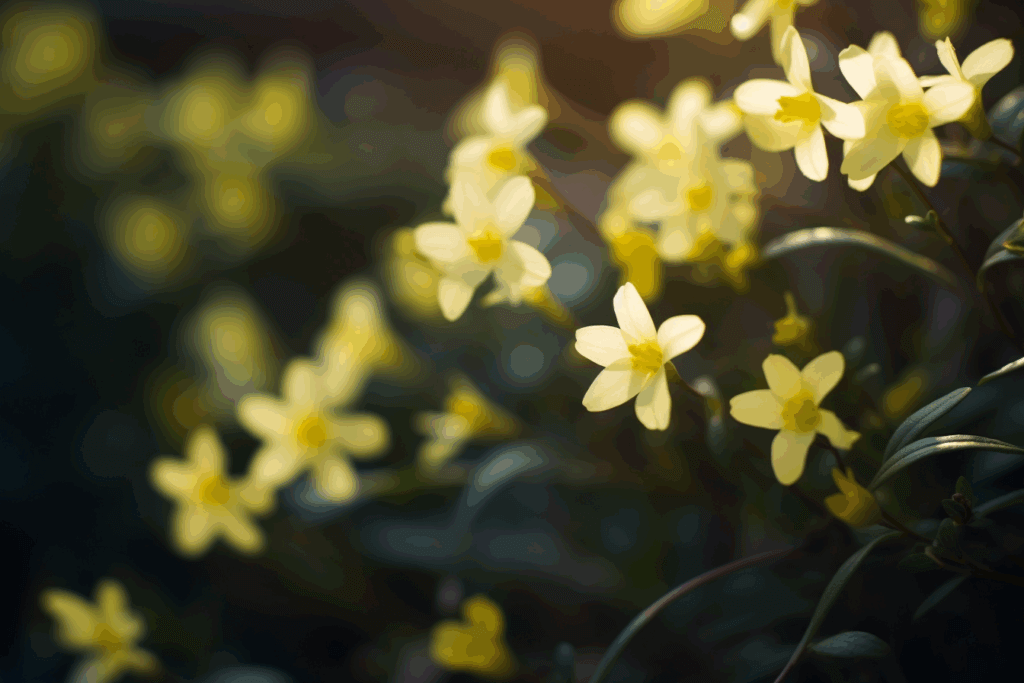
Just when most gardens have surrendered to winter’s grip, Winter Jasmine (Jasminum nudiflorum) steps into the spotlight.
These bright yellow blooms appear on bare, arching stems between December and February, creating a fountain of sunshine against winter’s muted palette.
Unlike its tropical cousins, this jasmine doesn’t mind the cold. It thrives in zones 6-10 and requires minimal attention once established.
Train it against a wall where those cheerful flowers can brighten your view during the darkest months, or let it cascade over a retaining wall for dramatic effect.
Hellebores
Also known as Lenten Rose, hellebores produce elegant, nodding flowers in shades of white, pink, purple, and green when little else dares to bloom.
These tough evergreen perennials often push through snow in zones 4-9, creating magical winter moments in shady garden corners.
Their leathery foliage stays attractive year-round, making them valuable even when not in bloom.
Snowdrops
These delicate-looking but surprisingly tough bulbs often emerge while snow still covers the ground, their pristine white blooms dangling like tiny lanterns.
Snowdrops naturalize easily in zones 3-7, creating expanding colonies that return year after year with no additional care.
Plant them where you’ll see them from windows frequently used in winter—their subtle beauty is best appreciated up close.
Early Spring (March-April)
Daffodils
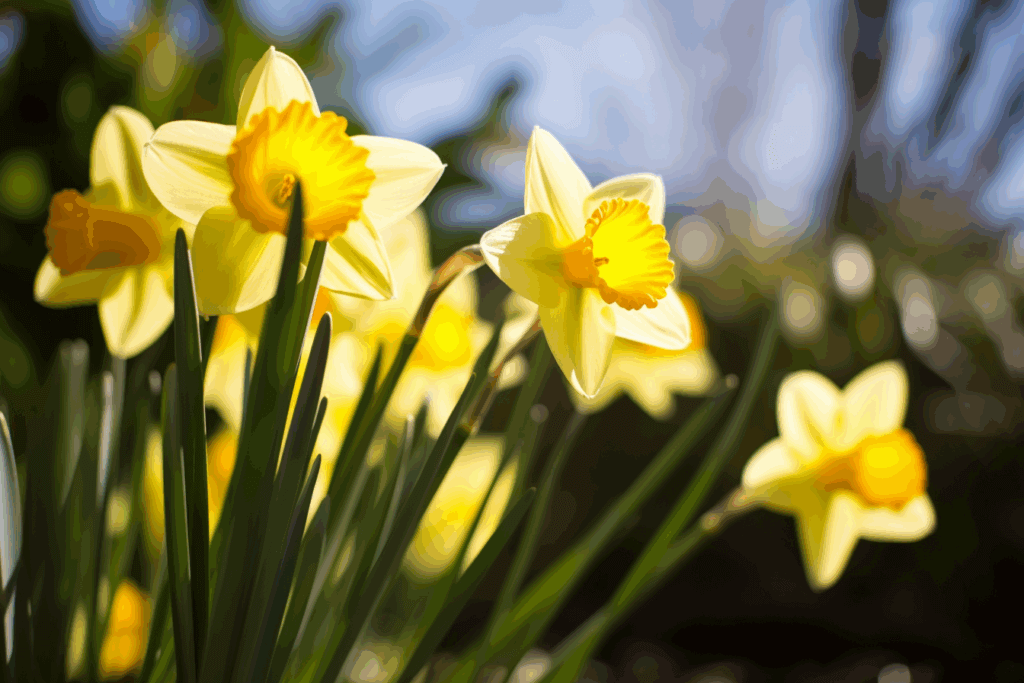
As winter loosens its grip, daffodils (Narcissus) burst forth with triumphant yellow trumpets that announce spring has officially arrived.
These March and April bloomers are the garden’s equivalent of a standing ovation after a long intermission.
Plant them in drifts rather than formal lines to create a naturalized look that improves year after year. Their bulbs multiply underground, turning a modest planting into an impressive display over time.
Hardy in zones 3-9, daffodils shrug off late frosts and—unlike tulips—remain unappealing to hungry deer and squirrels.
Prices pulled from the Amazon Product Advertising API on:
Product prices and availability are accurate as of the date/time indicated and are subject to change. Any price and availability information displayed on [relevant Amazon Site(s), as applicable] at the time of purchase will apply to the purchase of this product.
Tulips (Early Varieties)
Early tulip varieties bring the first bold splashes of color to the spring garden, with species tulips and Kaufmanniana types leading the charge.
These early performers are more perennial than their later-blooming cousins, returning reliably for several years in zones 3-8.
Their bright colors against the still-warming earth create a visual feast after winter’s limited palette.
Forsythia
Nothing says “spring is really here” like forsythia’s explosion of golden yellow flowers covering every inch of its bare branches.
This easy-growing shrub creates dramatic impact in zones 5-8 with its early spring performance that can be spotted from blocks away.
Its arching branches make excellent cut flowers, bringing spring indoors when temperatures might still be chilly.
Late Spring (May-June)
Peonies
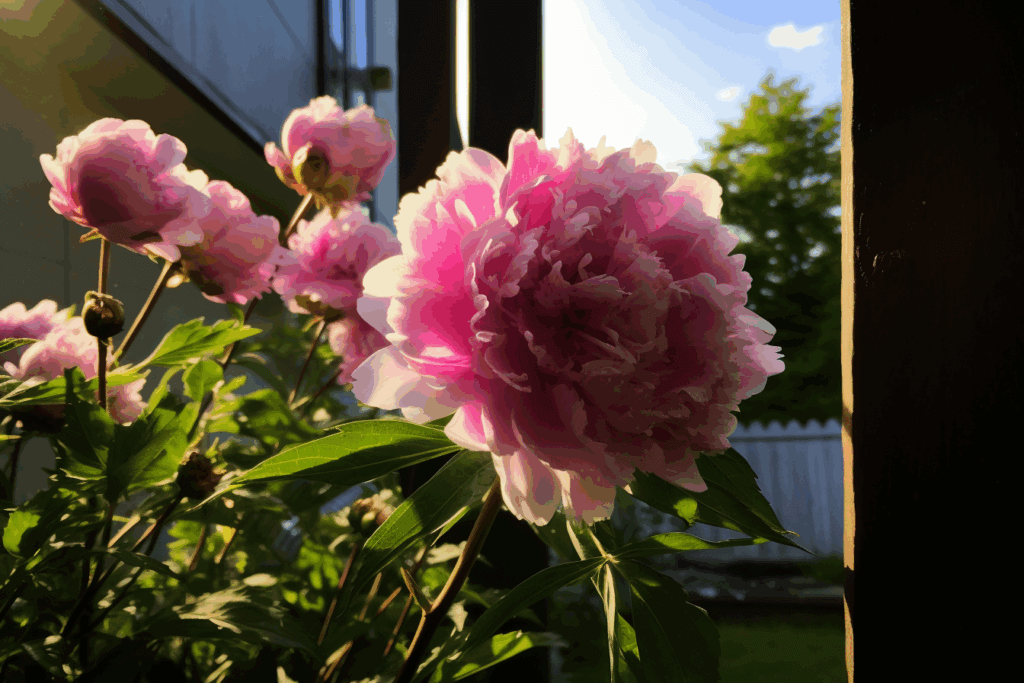
When May arrives, peonies steal the show with their massive, fragrant blooms that seem almost too perfect to be real.
These late spring divas perform for just a few weeks, but what a performance it is—enormous flowers in shades from pristine white to deepest burgundy unfurl like tissue paper sculptures.
Peonies are the definition of low-maintenance luxury.
Plant them properly once (with eyes just below soil level), and they’ll reward you for decades—often outliving the gardener who planted them.
Hardy in zones 3-8, they perform best with at least six hours of sun and good air circulation.
Bearded Iris
With their ruffled, often fragrant blooms and distinctive form, bearded iris bring architectural elegance to the late spring garden.
Available in nearly every color imaginable—including true blues and near-blacks—these sun-loving perennials thrive in zones 3-9.
Their sword-like foliage provides structural interest even when they’re not in bloom.
Allium
These perfectly spherical flower heads on leafless stems create magical, floating orbs of color in the garden just as spring bulbs finish their show.
Available in sizes from golf ball to basketball, their architectural form bridges the gap between spring’s abundance and summer’s arrival.
Hardy in zones 4-9, their distinctive seed heads remain decorative long after the flowers fade.
Early Summer (June-July)
Roses (Repeat Bloomers)
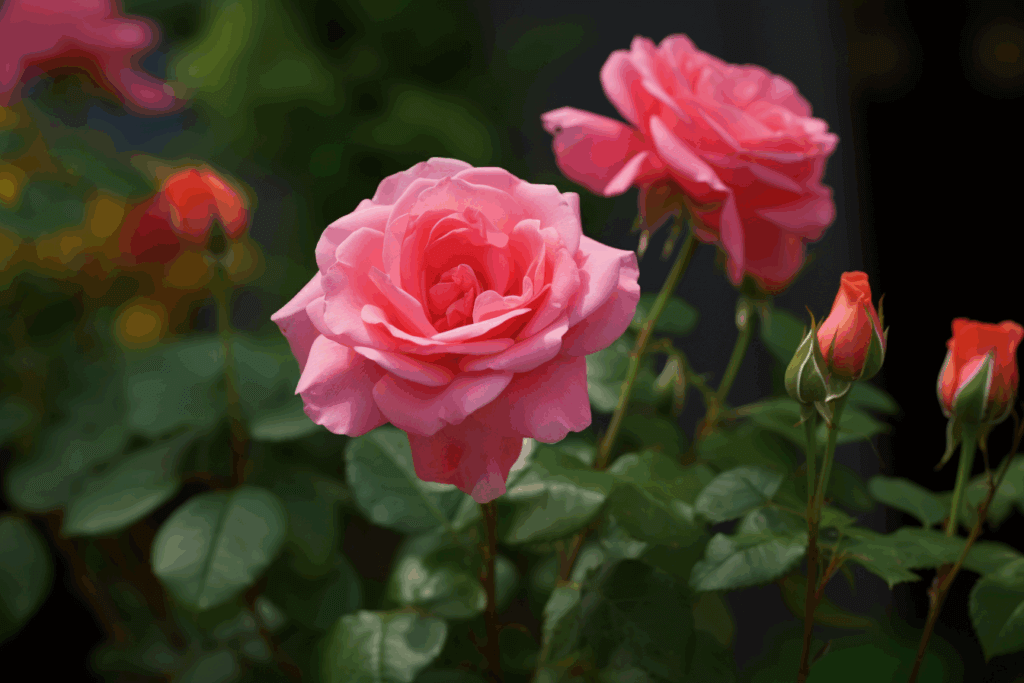
As spring perennials take their bow, roses step in to maintain the garden’s momentum. Modern repeat-blooming varieties ensure that June doesn’t get all the glory—these performers keep going well into fall with minimal fussing.
Forget everything you’ve heard about roses being difficult. Today’s landscape roses like Knockout, Drift, and many David Austin varieties deliver continuous color from June through October in zones 5-9 without demanding spraying schedules or complicated pruning rituals.
Plant them where their fragrance can drift through open windows on summer evenings, and position a few near outdoor seating areas where their details can be appreciated up close.
Lavender
With its aromatic silver-gray foliage and purple flower spikes, lavender brings Mediterranean charm to early summer gardens.
The combination of visual beauty, incredible fragrance, and pollinator appeal makes it a triple-threat performer in zones 5-9.
Plant it along walkways where brushing against it releases its calming scent, or near seating areas where its fragrance can be enjoyed during summer evenings.
Daylilies
These adaptable perennials earn their keep with abundant blooms produced over many weeks in early to midsummer.
While each flower lasts just one day (hence the name), established plants produce so many buds that the display continues for weeks in zones 3-9.
Modern reblooming varieties extend the show even further, with second and sometimes third flush of blooms later in the season.
Midsummer Stars (July-August)
Echinacea (Coneflower)
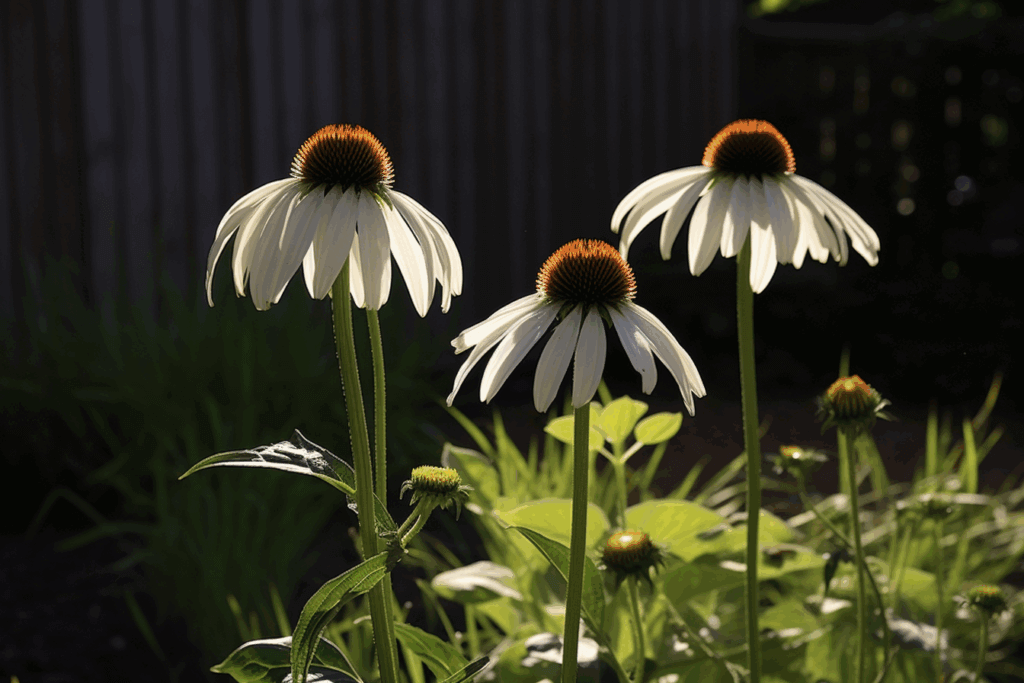
When July’s heat would wilt lesser plants, coneflowers (Echinacea) stand tall.
These prairie natives with their distinctive raised centers surrounded by downward-facing petals bring a casual, wildflower aesthetic that complements both formal and relaxed garden styles.
Beyond their good looks, coneflowers serve as vital refueling stations for pollinators during summer’s peak.
Plant them in full sun in zones 3-9, and they’ll reward you with weeks of blooms that hold their color rather than fading in intense sunlight.
Black-eyed Susan
These cheerful native plants provide masses of golden yellow flowers with distinctive dark centers just when many spring perennials have finished their show.
Their drought tolerance and long bloom period make them valuable additions to hot, sunny gardens in zones 3-9.
They self-seed readily, creating naturalized drifts that provide weeks of carefree color.
Hydrangeas
With their substantial blooms that often change color as they age, hydrangeas provide cool visual relief during the hottest months.
Different varieties flower on old or new wood, offering options for zones 3-9 regardless of winter conditions.
Their ability to thrive in part shade makes them perfect for areas where summer sun might be too intense for other flowering plants.
Late Summer into Fall (August-September)
Russian Sage
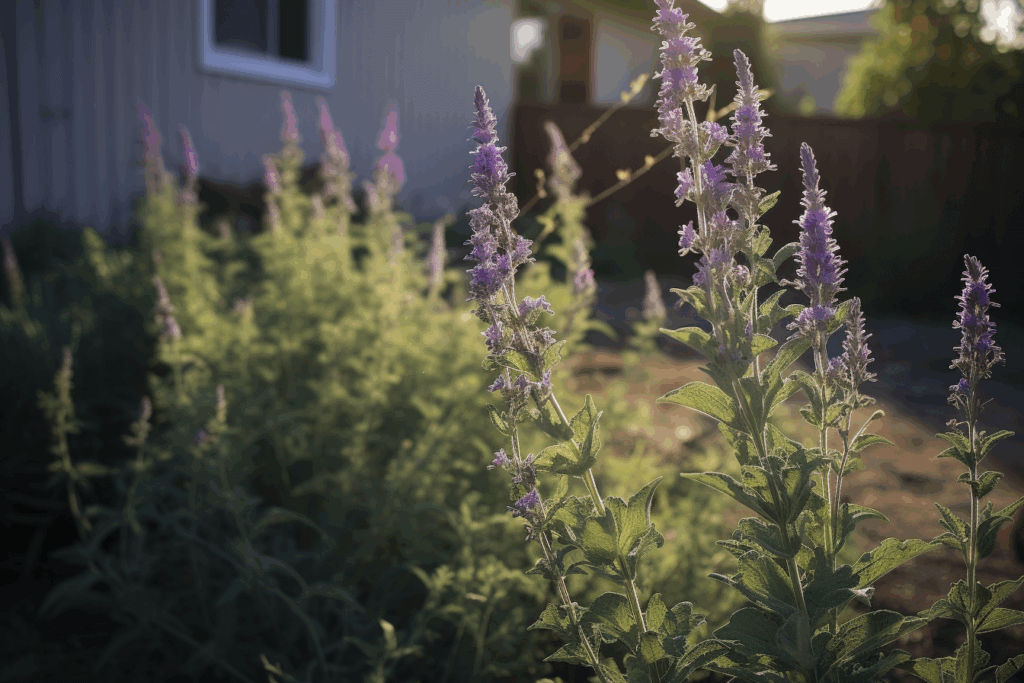
As August’s heat tests your garden’s stamina, Russian Sage (Perovskia) hits its stride with clouds of lavender-blue flowers floating above silvery foliage.
This tough performer thrives when others struggle, creating a dreamy, soft-focus effect that makes even ordinary garden spaces look professionally designed.
Plant it in full sun in zones 4-9 where its 3-4 foot height can create a beautiful backdrop for shorter late-season bloomers.
Asters
Just when the garden could start looking tired, asters burst into bloom with daisy-like flowers in cooling shades of purple, pink, blue, or white.
These native perennials provide vital late-season nectar for butterflies and bees preparing for winter in zones 3-8.
Their upright habit and intense colors pair beautifully with ornamental grasses and other fall bloomers.
Dahlias
From tiny pompoms to dinner-plate sized blooms, dahlias offer incredible diversity in flower form and color during the transition to fall.
These tender tubers produce continuously from midsummer until frost in zones 8-11 (or as annuals in colder regions).
Their cut-and-come-again flowering habit makes them valuable for both garden display and flower arrangements through the late season.
Fall Finale (September-November)
Chrysanthemums
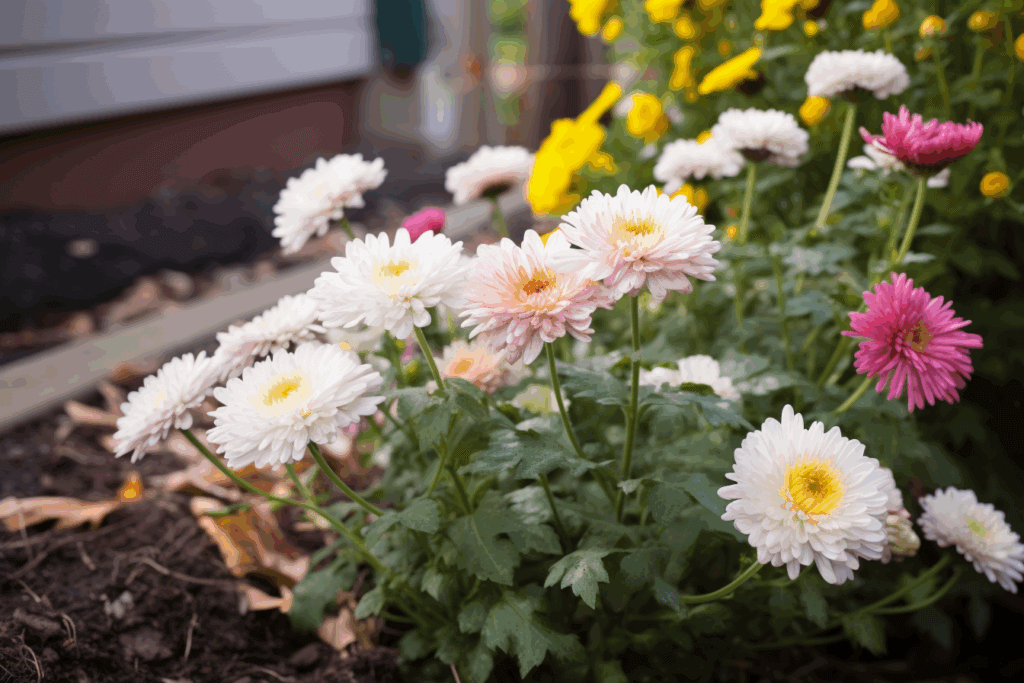
As the garden year draws to a close, chrysanthemums provide the grand finale with their jewel-toned blooms lasting well into November in many regions.
For best results, plant them in spring rather than purchasing them in fall—this allows their roots to establish, creating fuller, more resilient plants that return reliably in zones 5-9.
Available in rich gold, bronze, purple, and red tones, they complement autumn’s changing foliage perfectly.
Toad Lily
These exotic-looking spotted blooms bring unexpected elegance to shady garden corners when most shade plants have finished their show.
Their orchid-like flowers in white, purple, or pink create magical moments in the autumn woodland garden in zones 4-9.
Plant them along paths where their intricate patterns can be appreciated up close during the waning garden season.
Goldenrod
Contributing bright yellow plumes that complement autumn’s color palette, goldenrod extends the season with its vibrant display.
Often wrongly blamed for hay fever (the real culprit is usually ragweed), these native perennials actually provide crucial late-season nectar for pollinators in zones 3-9.
Modern garden varieties form tidy clumps rather than spreading aggressively, making them well-behaved garden citizens.
As temperatures drop and early frosts silence other garden performers, these cold-tolerant bloomers keep the show going until winter. By that time, your Winter Jasmine will be preparing to bloom—and the cycle begins again!


